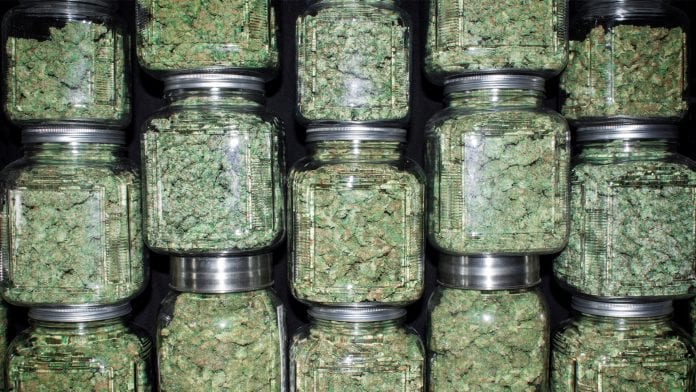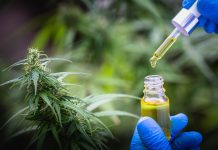
One of the first reports to be published in the first ever peer reviewed cannabis journal highlights the importance of consistency of cannabis profiles for patients.
Over the last ten years cannabis has been either legalised or decriminalised in a number of countries including America, Canada and Australia, which has led to an explosion in the volume of cannabis production. This has, in turn, led to an increase in the number of different cannabis strains that are available to customers – all with different chemical profiles to each other.
Published in the Journal of Cannabis Research, the report emphasises that, currently, there are no baseline genotypes for any strains and that steps need to be taken to ensure that products are genetically congruent. However, there is no way for suppliers, growers or consumers to definitively verify strains
Cannabis profiles: federal status is a barrier
As cannabis has a Federal status as a schedule one drug it is excluded from U.S. Department of Agriculture (USDA) protections, meaning researchers are meeting errors and inconsistencies in their studies.
The report notes: ‘The genetic inconsistencies will often manifest as differences in overall effects…. Differences in characteristics within a named strain may be surprising for a recreational user, but differences may be more serious for a medical patient who relies on a particular strain for alleviation of specific symptoms.
‘There is no consistent genetic differentiation between the widely held perceptions of sativa and indica cannabis types. Moreover, the genetic analyses do not support the reported proportions of sativa and indica within each strain, which is expected given the lack of genetic distinction between sativa and indica.
‘There may be land race strains that phenotypically and genetically separate as sativa and indica types, however, our sampling does not include an adequate number of these strains to define these as two potentially distinct genotypes.’
Looking at strains
The study consisted of reviewing 30 different strains from a total of 20 different dispensaries or donors in three American states where cannabis is legal. A total of 12 of the strains studied were classed as commonly used due to their availability in dispensaries and online information about them. Some of the popular strains that were studied include Jack Herer, Durban Poison, Purple Kush, Girl Scout Cookies, Sour Diesel, OG Kush and Chemdawg.
DNA from the strains were extracted using a modified CTAB extraction protocol with 0.0035 – 0.100g of dried flower tissue per extraction and profiles were compared to several online databases. The results showed a number of genetic inconsistencies in the strains acquired from different facilities.
The researchers found that sativa type strains – Durban Poison and Sour Diesel – have contradicting genetic assignments and that a number of hybrid type strains have differing levels of admixture both within and among reportedly similar strains, concluding that ‘reported ratios or differences between sativa and indica phenotypes are not discernible using these genetic markers’.
The report states: ‘We found high support for two genetic groups in the data but no discernible distinction or pattern between the described sativa and indica strains. If genetic differentiation of the commonly perceived sativa and indica types previously existed, it is no longer detectable in the neutral genetic markers used here. Extensive hybridisation and selection have presumably created a homogenising effect and erased evidence of potentially divergent historical genotypes’.
Breeding inconsistency
The report notes the impact of breeding on inconsistency amongst individual strains, highlighting how intensive efforts to create novel strains has amounted in the merging of the two types and has blurred previous separation between the two types.
In order to communicate the spectrum of effects of each strain to patients the categorisation of strains by differentiating between sativa and indica looks likely to continue.
The report said: ‘Instances we found where samples within strains are not genetically similar, which is unexpected given the manner in which cannabis plants are propagated. Although it is impossible to determine the source of these inconsistencies as they can arise at multiple points throughout the chain of events from seed to sale, we theorise misidentification, mislabelling, misplacement, misspelling, and/or relabelling are all possible.
‘In many cases genetic inconsistencies within strains were limited to one or two samples. We feel that there is a reasonable amount of genetic similarity within many strains, but currently there is no way to verify the “true” genotype of any strain. Although the sampling here includes merely a fragment of the available cannabis strains, our results give scientific merit to previously anecdotal claims that strains can be unpredictable.
‘Maintenance of the genetic integrity through genotyping is possible only following evaluation of genetic consistency and continuing to overlook this aspect will promote genetic variability and phenotypic variation within cannabis. Addressing strain variability at the molecular level is of the utmost importance while the industry is still relatively new’.


















